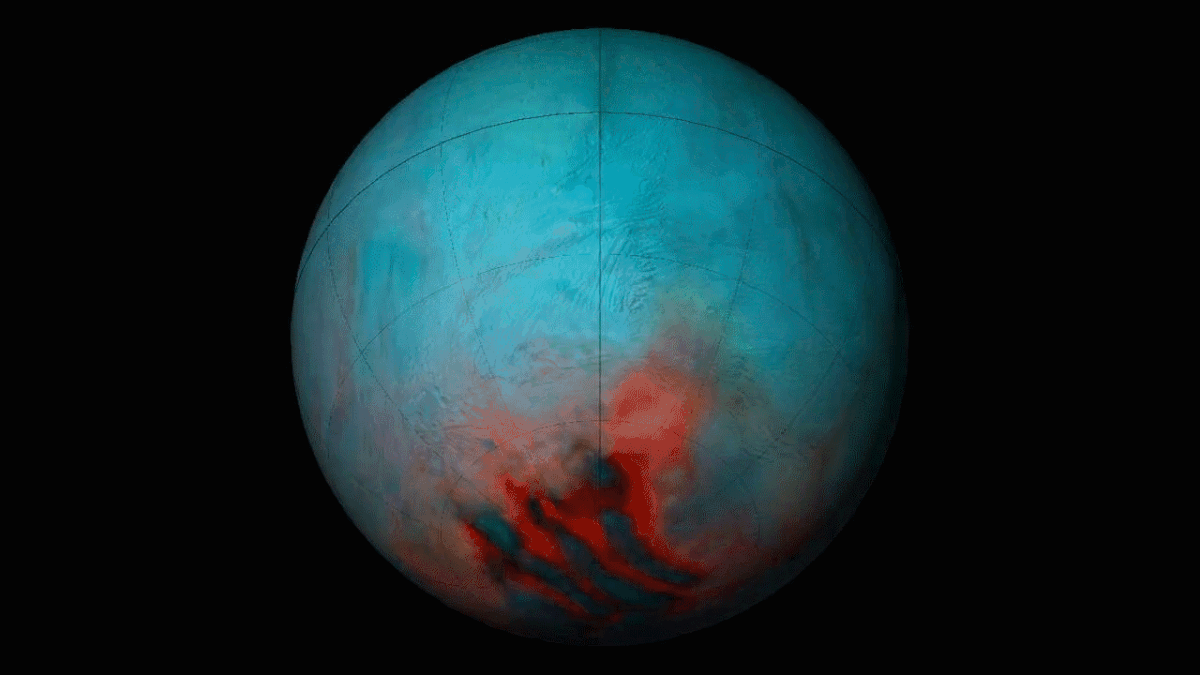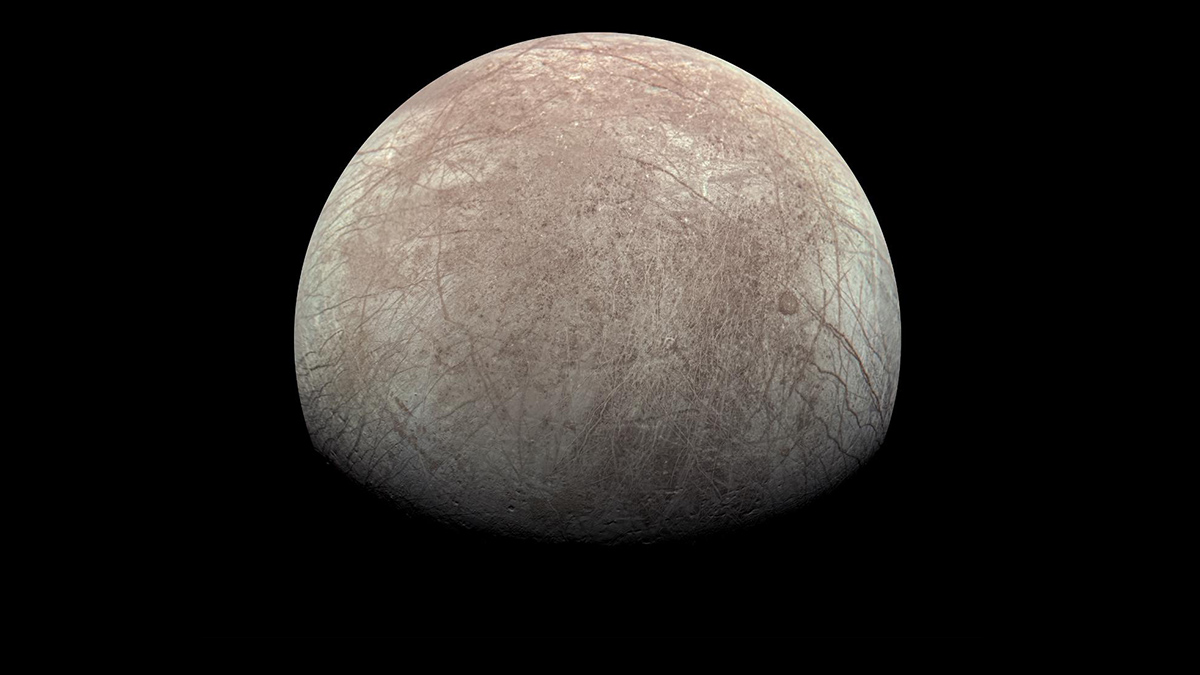Large craters with broad central domes are a unique crater morphology on Jupiter’s largest icy moons: Ganymede and Callisto. A new study examines how remnant impact heat may lead to their formation.
moons
Supersharp Images Reveal Scars of Major Eruption on Io
Jupiter’s volcanic moon is captured in exquisite detail by an instrument atop a mountain in Arizona.
在土卫二上寻找生命:我们应该问些什么问题?
在冰冷的海洋世界中,建立在有机化学进化理论基础上的研究框架,可能会比仅仅寻找生命存在的直接证据,带来更深刻的见解。
Looking for Life on Enceladus: What Questions Should We Ask?
On icy ocean worlds, a research framework built around the theory of organic chemical evolution could surface deeper insights than a hunt limited to direct evidence of life.
Introducing the New Editor-in-Chief of JGR: Planets
Learn about the person taking the helm of JGR: Planets and their vision for the coming years.
Strike-Slip Faults Could Drive Enceladus’s Jets
The back-and-forth motion could also reshape surface geology at the moon’s south pole.
Europa’s Ocean Might Lack the Ingredients for Life
The lack of volcanism and tectonic activity on Europa’s seafloor might hinder the moon’s potential to host living organisms.
科学家研究木卫二的热量如何通过海洋向上传递
木星的卫星木卫二可能是太阳系中最有希望寻找到生命的地方之一。一项新的研究探讨了热量是如何从木卫二的地幔通过海洋转移到其冰壳中的。
That’s No Moon; It’s an Ocean World
If Saturn’s cratered moon Mimas has liquid water beneath its surface, ocean worlds might be far more common in the solar system than we thought.
Scientists Investigate How Heat Rises Through Europa’s Ocean
A new study examines how heat may be transferred from the mantle, through the ocean, and into the icy crust of one of Jupiter’s moons—perhaps among the most promising places in our solar system to search for life.










